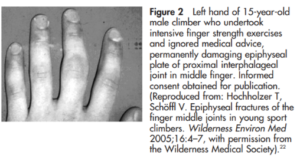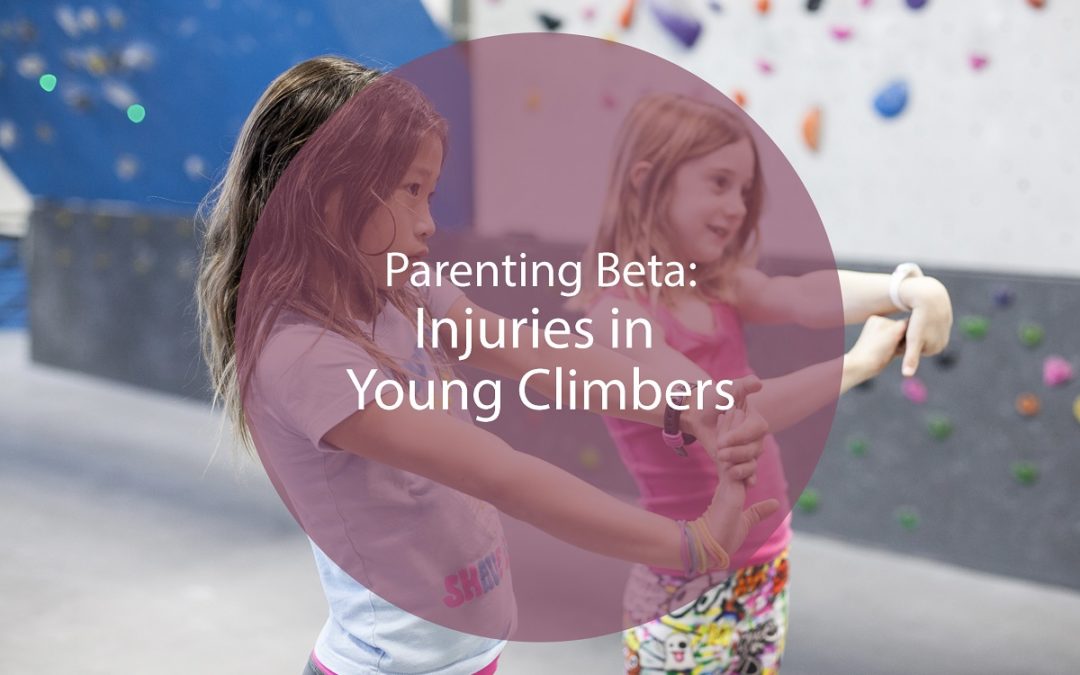Words by Jane Chin, Ph.D. Photos by Cass Chin
I currently consult in the orthopedic field specializing on osteoarthritis, where I speak with sports medicine physicians and orthopedic surgeons about their management of patients with osteoarthritis (OA) pain. Historically, patients with OA pain have been elderly patients, as this degenerative disease is common with age. In recent years, the demographic has changed to include not only professional athletes, but "weekend warriors" -- active adults regularly engaged in sports. What troubled me was hearing physicians talk about "treating 20 year olds with knees that look more like 50 year old knees."
Physicians are increasingly treating younger children with sports injuries that were once common only in professional adult athletes. Children are specializing in a single sport at a younger age, which may confer a degree of competitive advantage, but exposes youth athletes to degenerative, repetitive-motion related injuries. Injuries can vary, but certain sports have a propensity for specific injuries.
 Those of us who climb know how hard climbing can be on our feet (climbing shoes!) and finger joints (crimps!).
Those of us who climb know how hard climbing can be on our feet (climbing shoes!) and finger joints (crimps!).

A 2007 literature review published in a sports medicine journal analyzed 50 scientific studies on common growth variables in young climbers (Morrison and Schoffl, Br J Sports Med 2007;41:852-861). Based on injury data and existing published scientific evidence, the researchers recommended that climbers younger than 16 should not undertake intensive finger strength training (campus board training, closed crimps), and should not participate in international bouldering competitions. Additionally, the researchers also found the following trends in young climbers:
- Ligament tears can be especially harmful to young children because their cartilage growth plates (epiphyseal plates) are 2-5 times weaker than the surrounding connective tissue. Emphasis should be climbing more (volume) with diverse routes to improve fluency and technique, instead increasing in climbing intensity (power).
- Growth spurts are associated with increased risk of injuries and growth plate fractures. Children who may have rapidly increased strength do not yet have the growth plates strong enough to withstand the amount of exertion.
- Wearing restrictive climbing shoes increases risk of foot injuries and deformities. Parents should keep regular records of street wear and climbing shoes size to monitor normal foot development in young climbers.
- Young climbers' body fat should be monitored, and referred for complete health evaluation, especially if height is in the lower 5th percentile or there is a downward trend of growth indices across 2 major percentile lines. For female youth climbers, menstrual age and cycle details should be monitored. In other words, deliberately becoming "underweight" as a means to improve competitiveness can be harmful to children's developing bodies.
The researchers concluded that an elite adult climber's training regimen is not appropriate for an elite young climber, even if they compete on identical routes. This makes sense: just as children are not "mini versions of adults", young climbers are not mini-versions of adult climbers.
Parents should also periodically check in with our youth climbers' pediatricians. Don't be afraid to ask our children's doctors questions and share concerns that they need to watch out for. Our pediatrician is not yet concerned about Jaden's growth plates because of his age, but cautioned that "If he starts getting frequent injuries, we need to pay attention." She confirmed that as children enter puberty, the growth spurts are correlated with increased injury risks.
Fortunately, Sender One’s Youth coaches are all conscientious of our young climber’s health and well-being. Their curriculum, especially for the competitive program, is tailored, monitored, and adjusted to each individual athlete. Age, experience, and current physical condition are all accounted when developing the climber’s training program. The Sender One coaches maximize climbing growth, and minimize stress and risks. For the adults who don't have professional rock climbing coach, check out this piece injury prevention!


